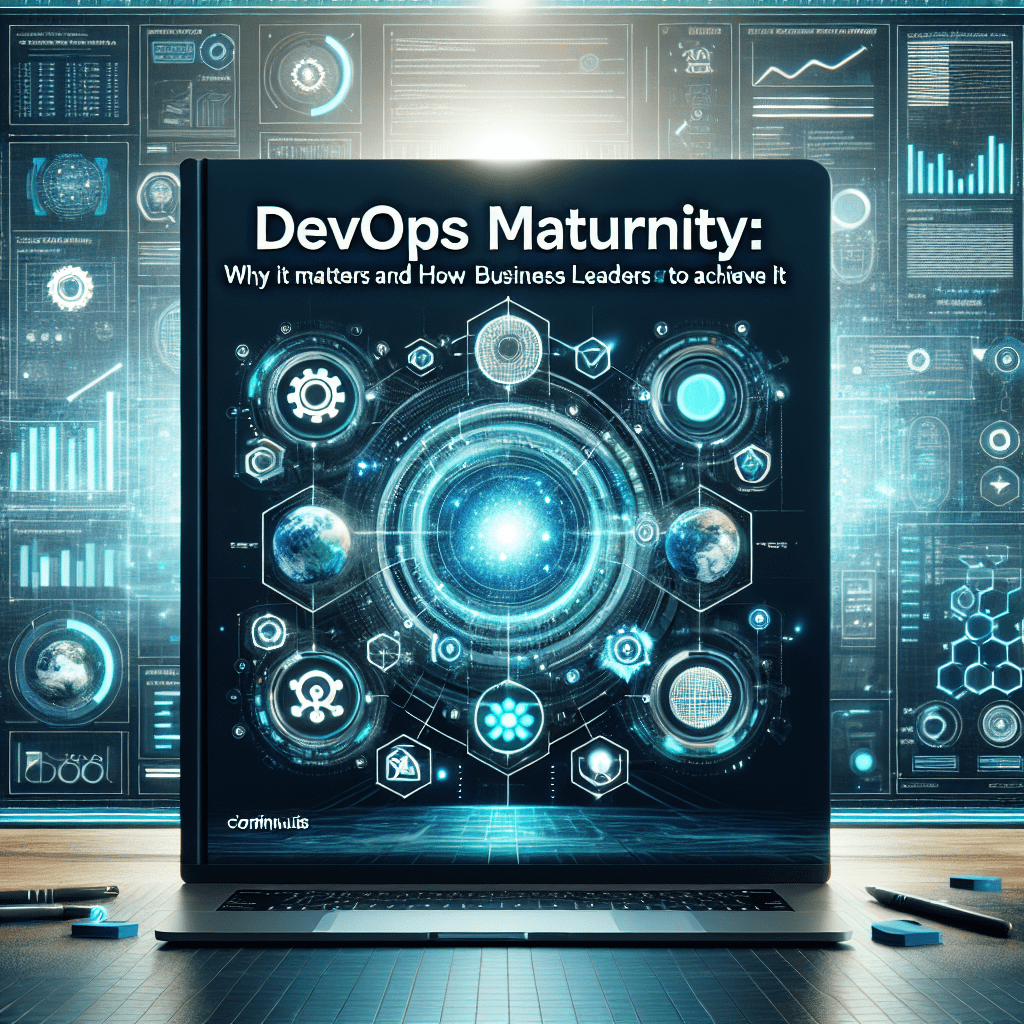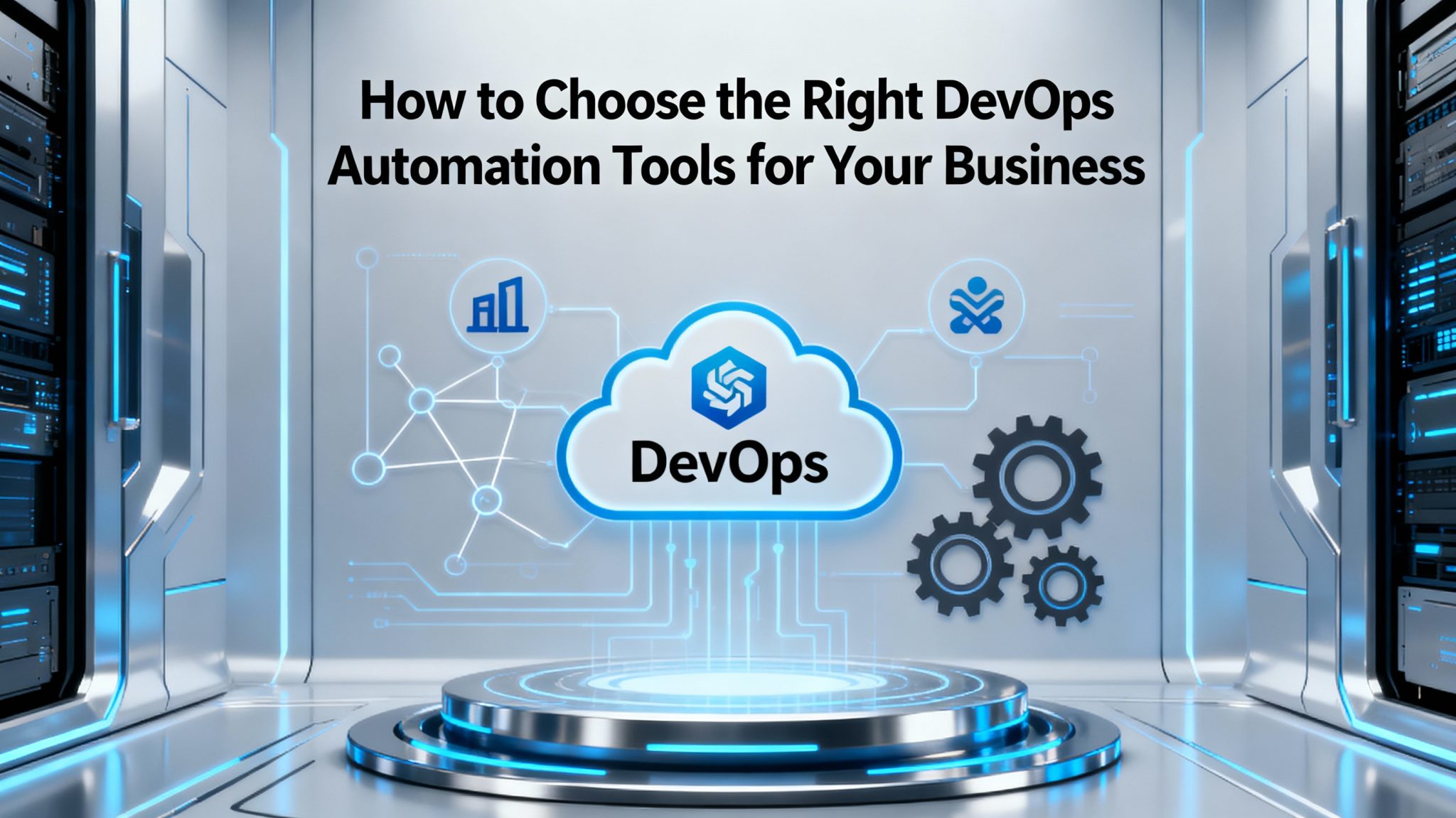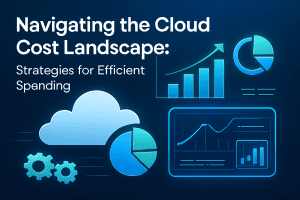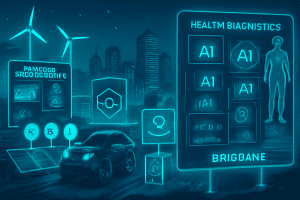Introduction
DevOps maturity is no longer a luxury; it’s a strategic imperative for organizations competing in today’s fast-paced digital world.

Achieving higher levels of DevOps maturity moves businesses from manual, error-prone deployments to automated, collaborative, and adaptive operations. For business leaders, understanding and investing in DevOps maturity means faster releases, more reliable software, and sustained innovation. Platforms like TechOTD offer guidance, tools, and proven practices to help enterprises accelerate this journey.
What is DevOps Maturity and Why Does It Matter?

DevOps maturity is a measure of how fully an organization has adopted and integrated DevOps practices across culture, automation, and measurement. The maturity model typically features five stages:
-
Initial: Manual processes, siloed teams, minimal collaboration.
-
Managed: Introduction of automation, some repeatability, and improved collaboration.
-
Defined: Widespread automation, standardized processes, organization-wide DevOps adoption.
-
Measured: Data-driven decision-making, performance tracked against key metrics, continuous improvement.
-
Optimized: Full integration, ongoing innovation, and seamless, secure operations.
Why It Matters

-
Accelerated Delivery: Mature DevOps teams rapidly release software, shorten feedback loops, and respond faster to market changes.
-
Enhanced Reliability: Automated testing, deployment, and monitoring reduce downtime, failures, and manual errors.
-
Operational Efficiency: Streamlining workflows and boosting resource usage helps lower costs and maximize value.
-
Innovation and Scalability: Organizations with mature DevOps are better positioned to try new ideas and scale both systems and teams.
-
Cross-Functional Collaboration: Collaboration across development, operations, and security improves quality and agility while reducing bottlenecks.
How Business Leaders Can Achieve DevOps Maturity

-
Secure Executive Buy-In
-
Leadership commitment is crucial for resource investment and company-wide alignment around DevOps principles.
-
-
Assess Current State
-
Conduct honest maturity assessments to pinpoint strengths, gaps, and the starting baseline. Involve engineers and stakeholders for a holistic view.
-
-
Set Stage-Wise, Realistic Goals
-
Don’t attempt “perfection” immediately. Set achievable milestones for each maturity stage: automation, CI/CD rollout, cultural transformation, etc..
-
-
Foster a Collaborative Culture
-
Break down silos by encouraging collaboration, transparent communication, and a shared sense of ownership between teams.
-
-
Prioritize Automation (But Iterate Wisely)
-
Automate where it brings the most value—think CI/CD, infrastructure provisioning, and deployment pipelines. Document improvements, expand gradually, and address bottlenecks.
-
-
Measure, Adapt, and Improve
-
Use key metrics (like deployment frequency, change failure rate, lead time, and MTTR) to monitor progress and tie efforts back to business results.
-
-
Scale & Standardize Best Practices
-
Share successes across teams, create playbooks, and encourage feedback cycles that spread hard-won lessons throughout the organization.
-
Conclusion
DevOps maturity is a journey—not a final destination. As business leaders, driving this progression means delivering software faster, safer, and more reliably, which fuels innovation and competitive advantage. Invest in cultural shifts, automation, and continuous improvement—leveraging platforms like TechOTD for tailored solutions—so your organization can thrive in an always-evolving digital ecosystem.
FAQ
1. What are the most important DevOps maturity metrics for leaders?
Deployment frequency, lead time for changes, change failure rate, and mean time to recovery (MTTR) are industry benchmarks.
2. How do cultural changes affect DevOps maturity?
Culture is foundational; transparency, trust, and collaboration are what break down silos and empower innovation.
3. Can small teams achieve high DevOps maturity?
Absolutely! Smaller teams often move quickly and can be early adopters—maturity can then be scaled organization-wide.
4. What’s the biggest hurdle for most companies?
Aligning culture and processes; technology can be adopted, but mindset change and cross-functional collaboration take conscious leadership.
5. Where do I start if my organization is at Level 1 or 2?
Begin with foundational automation (like version control and CI), foster collaboration, and build feedback loops through measurement











